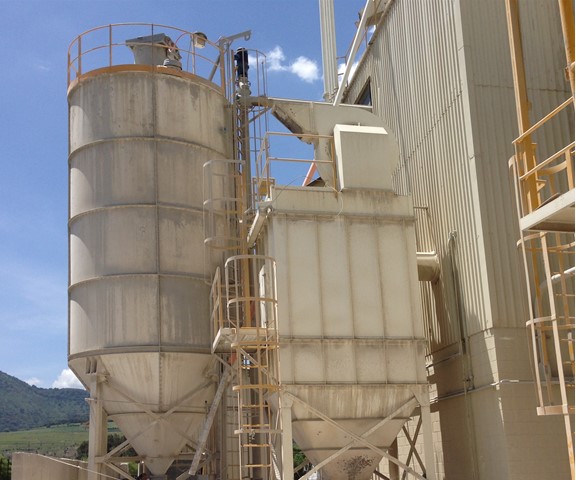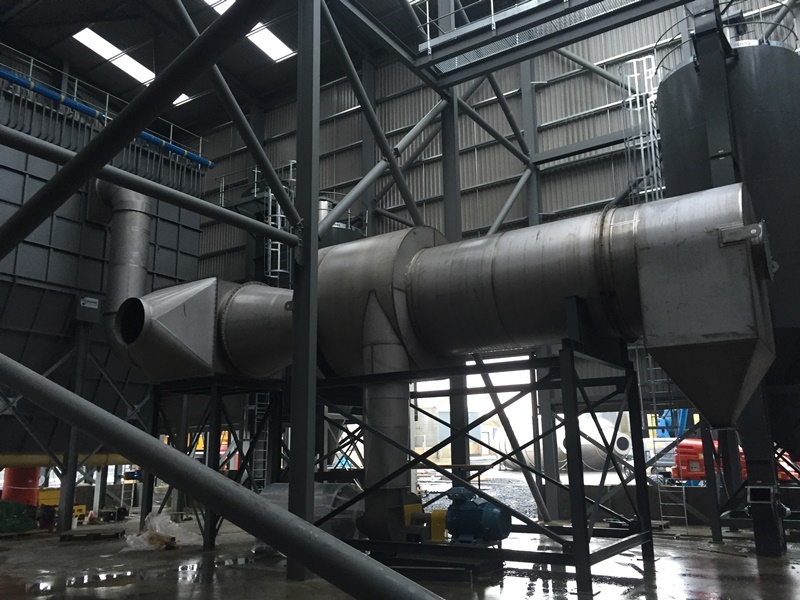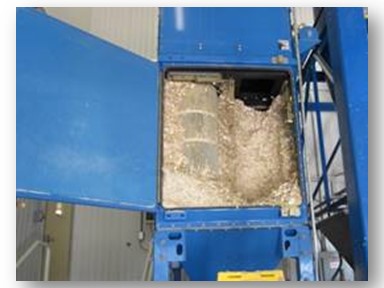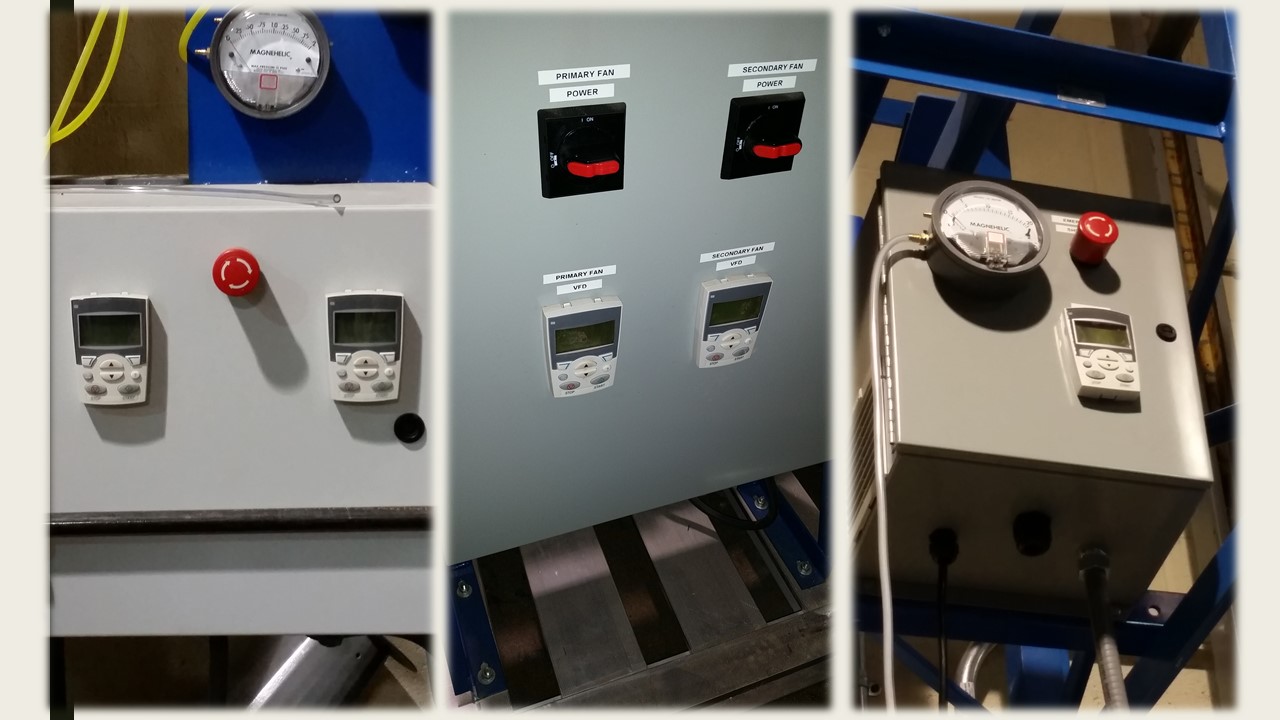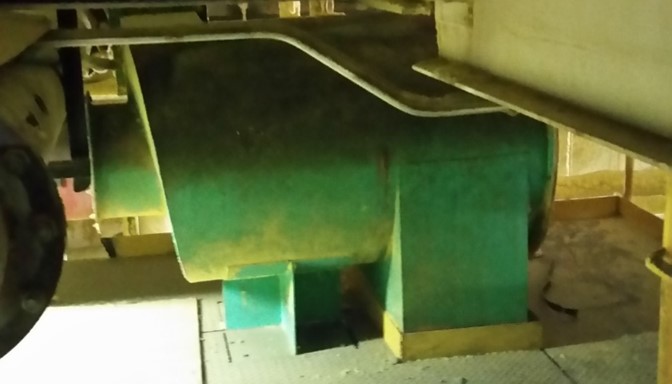Dust collection system design can be a very complicated process. Beyond determining variables such as air volumes, drop sizes, and capture velocities, there is perhaps no more important design consideration than fire prevention. This is especially true in systems that are used in hot work applications, such as sawing, grinding, or sanding, where sparks can potentially be generated. If a spark is drawn into a system’s ductwork, it has the possibility of travelling all the way to the system filters which are typically constructed of combustible materials. If this happens, the filters can catch on fire, which can lead to catastrophic destruction of the dust collection system, the entire building, or result in serious injury or loss of life.
Any well thought out system will take this scenario into consideration and incorporate preventive measures to reduce the likelihood of this happening. Installing a spark arrestor in the duct work before the baghouse is a method that is commonly used to reduce fire risk. Spark arrestors vary in design, but most of them are designed with the intent of slowing the spark down, allowing it to cool down and burn out before it can do any damage to the baghouse or cartridge collector.
Another option is incorporating a pre-filter cyclone before the fabric filters. A cyclone works on the same principle when it comes to spark arresting, using centrifugal force to direct any sparks to the cylindrical surface of the cyclone, spinning them along the metal walls of the cyclone where they are drained of their energy via conduction. The cyclone has the added benefit of removing the majority of heavier particulate before it reaches the filters, which alleviates overall system loading.
The ongoing emphasis by OSHA and NFPA on combustible dusts and dust collection systems in general means that regulatory compliance will become increasingly important for any facility that uses dust collectors. Prevention and suppression devices such as sprinklers in the ductwork, explosion vents, chemical suppression systems, and pre-filter cyclones can all be used to reduce and possibly eliminate the risk of fire. The type of dust being collected, the combustibility of the dust, dust particle size, and filter construction are among the factors that must be considered when selecting the appropriate fire protection for your system.
Which prevention or suppression system does your dust collection system need? Asking that question is the first step in protecting your system, your facility, and the people who work in your facility.
To learn more about how Aerodyne can help you keep your dust collection filter cleaning system operating efficiently, please contact our experts at 440-543-7400 or click on the button below to get our whitepaper, Top 5 Reasons to Use a Cyclone as a Pre-filter.

